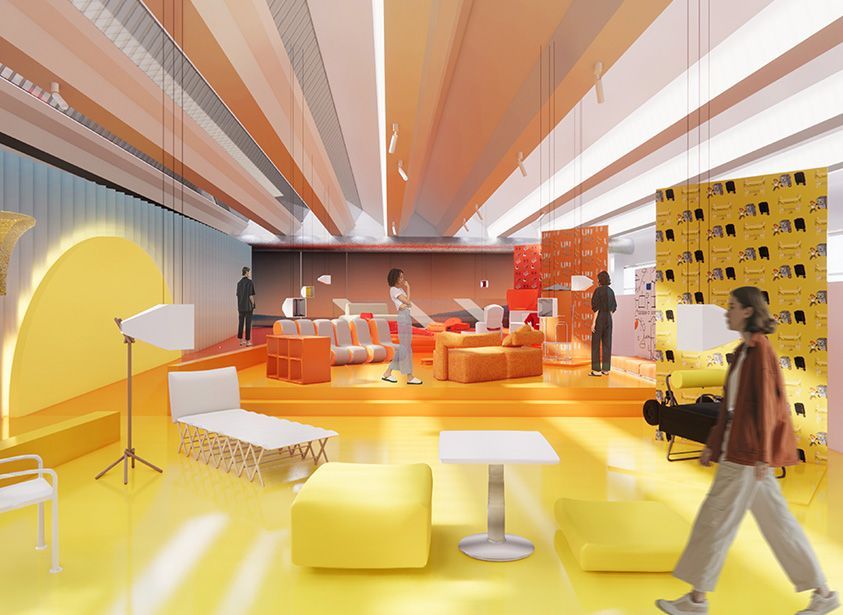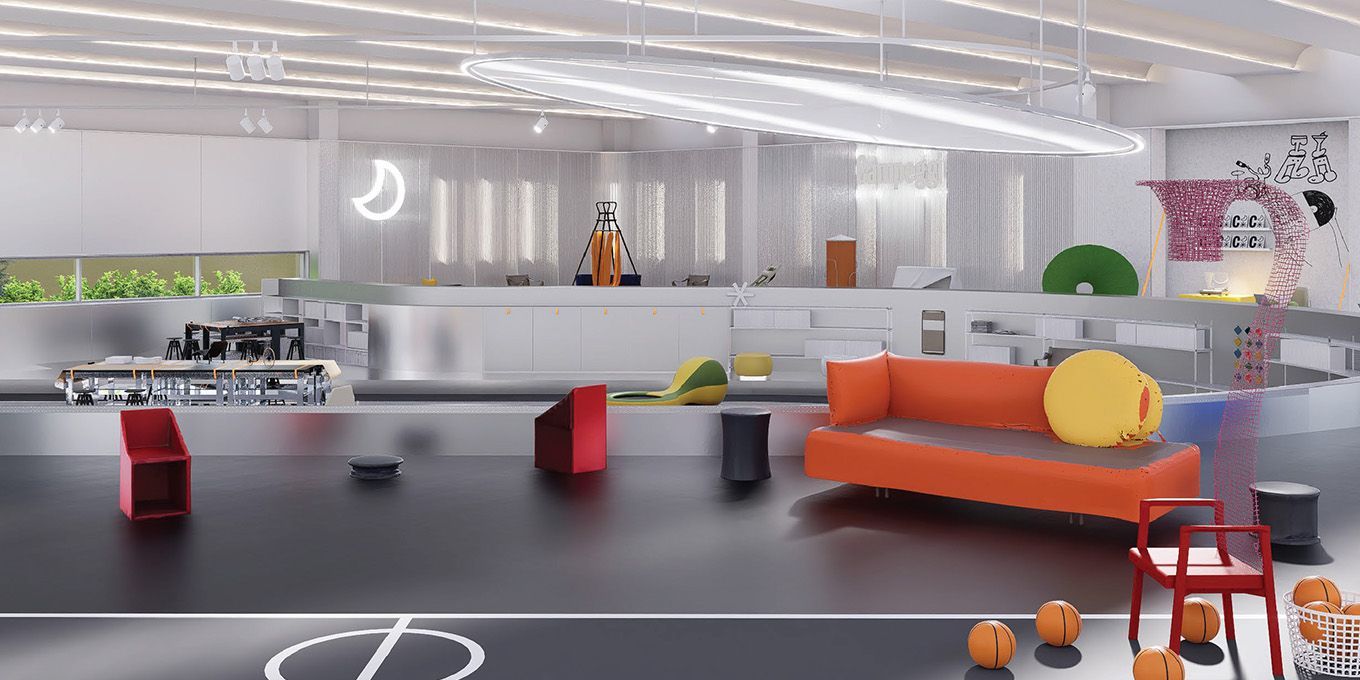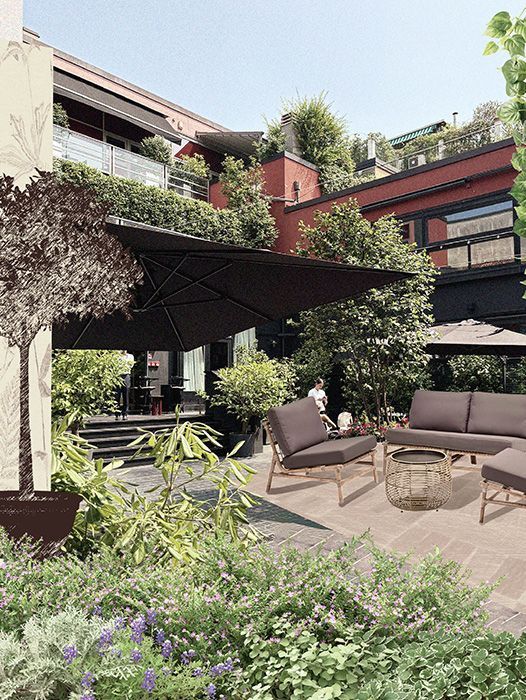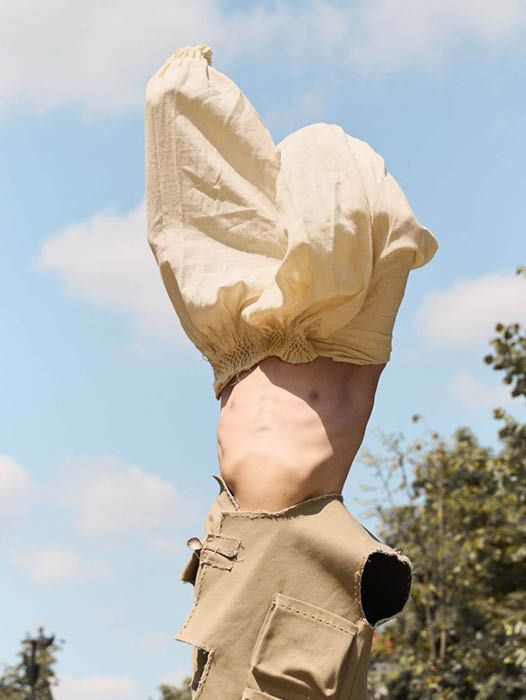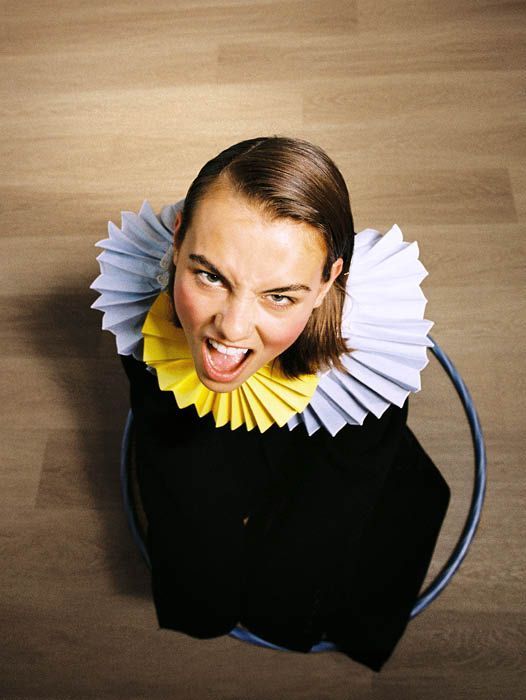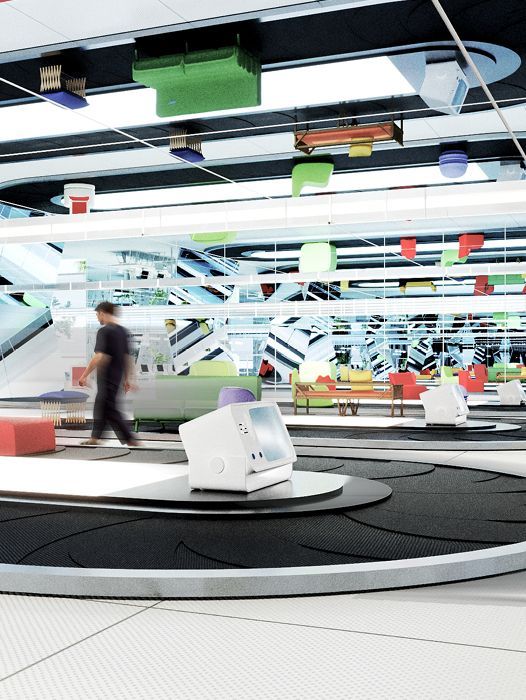Formula C

A Dynamic and Living System
As part of the Design of Spaces workshop in collaboration with Campeggi, Master in Interior & Living Design students — Dezja Sabree, Suchada Shovityakool, and Kirti Agarwal — reimagined Campeggi’s showroom as more than just a display space.
Titled Formula C, the project transforms the showroom into a dynamic, living system – one that encourages exploration, reveals the design journey, and embodies the brand’s core values. The concept is built around a circular spatial narrative that reflects the full design cycle: research, ideation, prototyping, and real-world testing. This is articulated through two key zones: the Design Lab and the Living Lab.
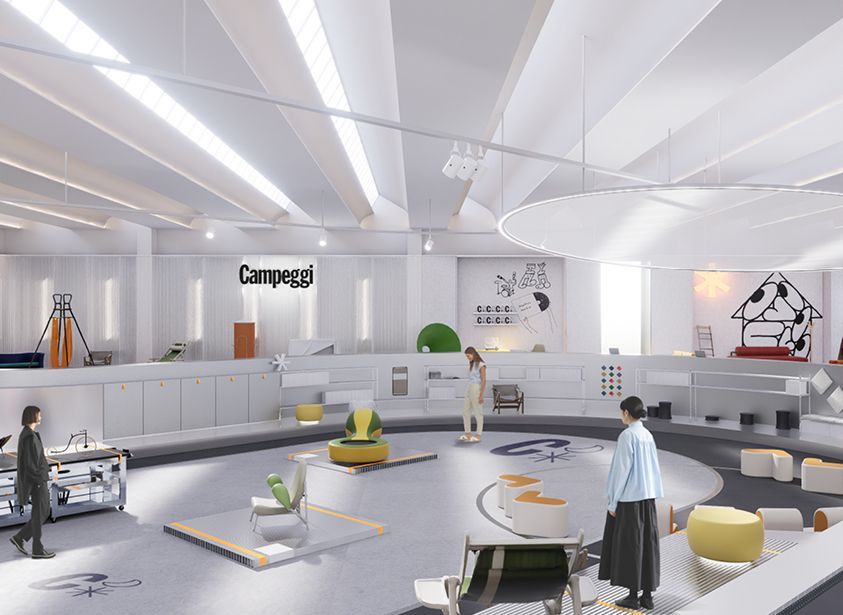
A Dynamic and Living System
As part of the Design of Spaces workshop in collaboration with Campeggi, Master in Interior & Living Design students — Dezja Sabree, Suchada Shovityakool, and Kirti Agarwal — reimagined Campeggi’s showroom as more than just a display space.
Titled Formula C, the project transforms the showroom into a dynamic, living system – one that encourages exploration, reveals the design journey, and embodies the brand’s core values. The concept is built around a circular spatial narrative that reflects the full design cycle: research, ideation, prototyping, and real-world testing. This is articulated through two key zones: the Design Lab and the Living Lab.
Project Leader | Mentor
Michele Ignaccolo
Matilde Cassani
Project Authors
Dezja Sabree
Suchada Shovityakool
Kirti Agarwal
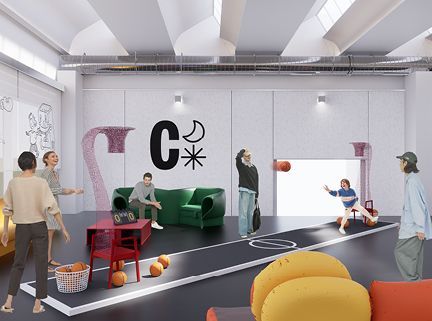
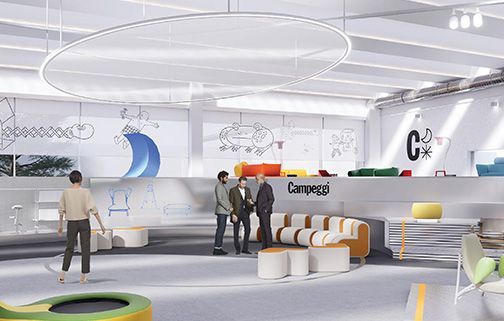
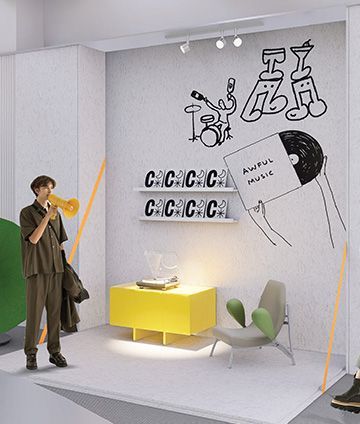
The Design Lab immerses visitors in the early stages of creation, offering rare access to sketches, models, raw materials, and conceptual iterations that are typically hidden behind the scenes. The Living Lab, on the other hand, places Campeggi’s transformable products in contextual, everyday settings. Here, visitors are encouraged to interact with the furniture – sitting, rearranging, and testing each piece – to experience its functionality directly.
The spatial strategy embraces an open-plan layout with smooth, intuitive circulation. This continuous flow mirrors the iterative nature of the design process. The same principle applies to materials: all elements are modular and designed for easy disassembly and reuse, ensuring flexibility and sustainability.



A defining feature of Formula C is its dual functionality. The design and production zones are not just for show; they serve as active workspaces. This fusion of creation and exhibition reinforces the project’s central message: that design is not a static result, but an ongoing, evolving process.
Ultimately, Formula C invites visitors to go beyond observation and become part of Campeggi’s creative ecosystem. It positions the brand not only as a furniture maker, but as a platform for continuous innovation rooted in transparency, adaptability, and human-centered design.





